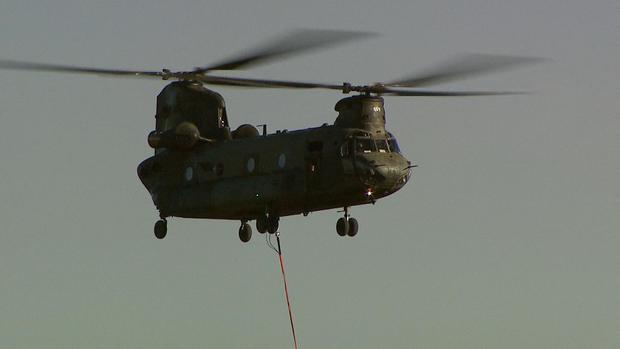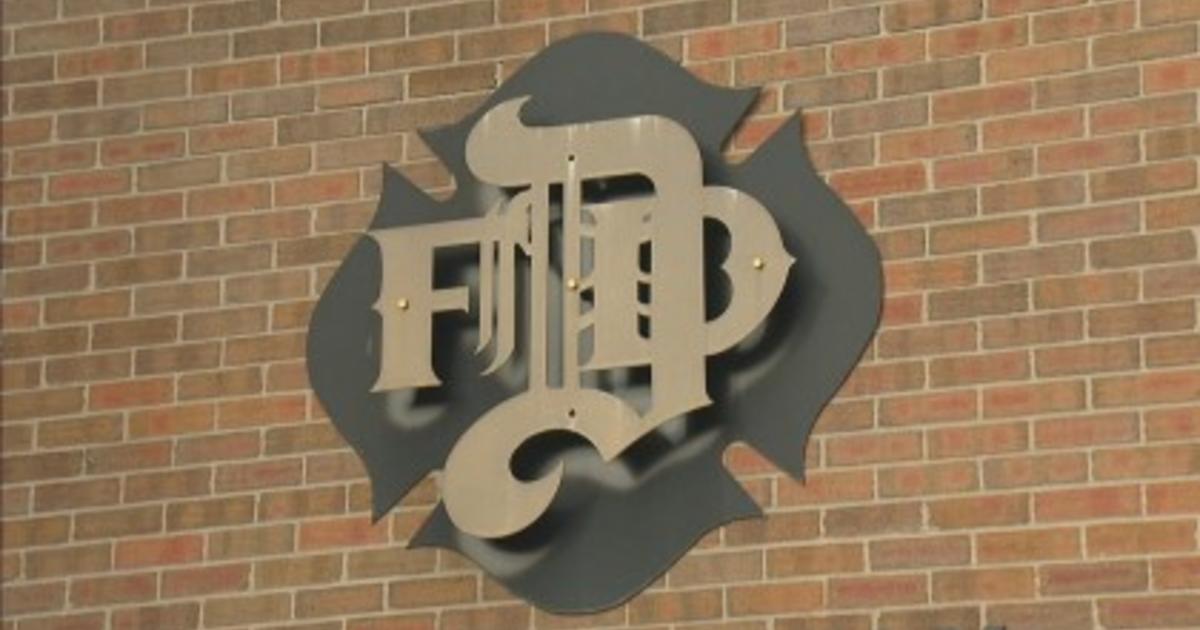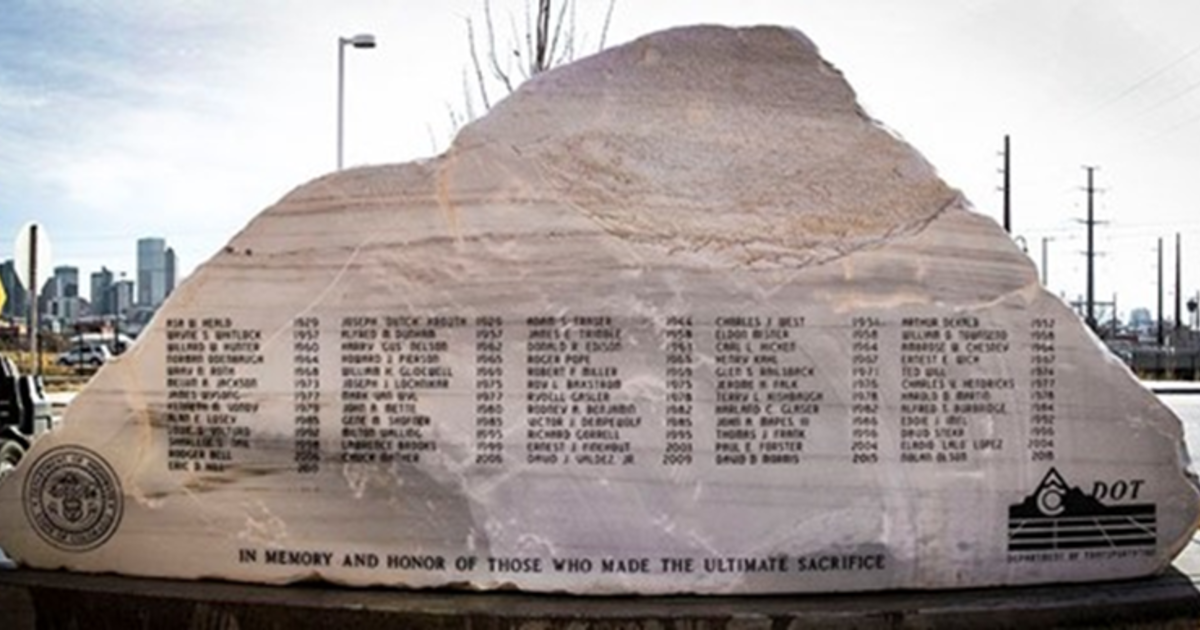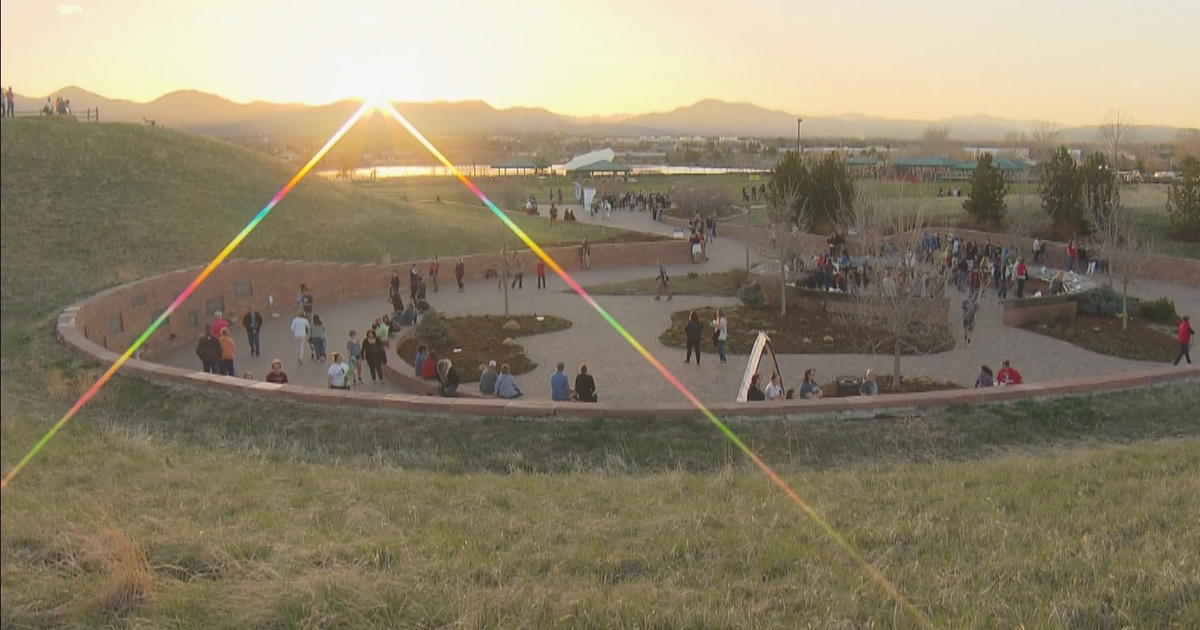Military Joins Wildfire Fight Much Faster Than Last Year
COLORADO SPRINGS, Colo. (CBS4) - Federal and military resources have joined the wildfires fight much more quickly compared to the wildfires last year.
Last year there was much criticism about why they didn't join the fight sooner. Colorado Springs is right in the heart of several military bases, including Fort Carson and Peterson Air Force Base.
Tuesday night a Black Hawk and two Chinook helicopters were in the air at the Black Forest Fire. They were deployed from Butts Army Airfield at Fort Carson. They arrived at the fire about six hours after it began. By then the blaze had claimed dozens of homes.
Normally all private contractor resources have to be used up before the federal assets can be deployed. In this case a Fort Carson spokesman said they were able to put the military in under the Immediate Response Act.
"The appeal that was tying up the federal resources around the Forest Service has; we've broken that logjam, and so we are within weeks if not days of getting more resources where we need them," Gov. John Hickenlooper said.
LINK: List Of Homes Affected From The El Paso County Sheriff's Office
"We worked to make sure the National Interagency Fire Control Center knew that the local assets had been totally deployed," said Rep. Doug Lamborn, R-Colorado Springs.
Then incident commanders must fight to get the equipment to their fire.
"Competition for resources is always there in our business when we have multiple incidents," Gregg Goodland with the U.S. Forest Service said.
There are now many other resources being deployed at Black Forest -- two C-130s, six helicopters and one single engine air tanker (SEAT).
At the Royal Gorge Fire there are two SEATs, one large helicopter and five smaller choppers.
A massive DC-10 is dropping 12,000 gallons of retardant at a time at both fires. It's the largest weapon deployed in the fleet.
The orders come in at the Rocky Mountain Area Coordination Center. When the fires broke out there they had to reach across the West for tankers.
"With the work that goes into getting them ready, loaded and in the air safely, and en route, we feel that there was a really good response time," Mike Stearly with the U.S. Forest Service said.
Given the heavy winds on Tuesday it was difficult to get equipment into the skies to battle the flames, but it is clear things are very different from what happened a year ago.





